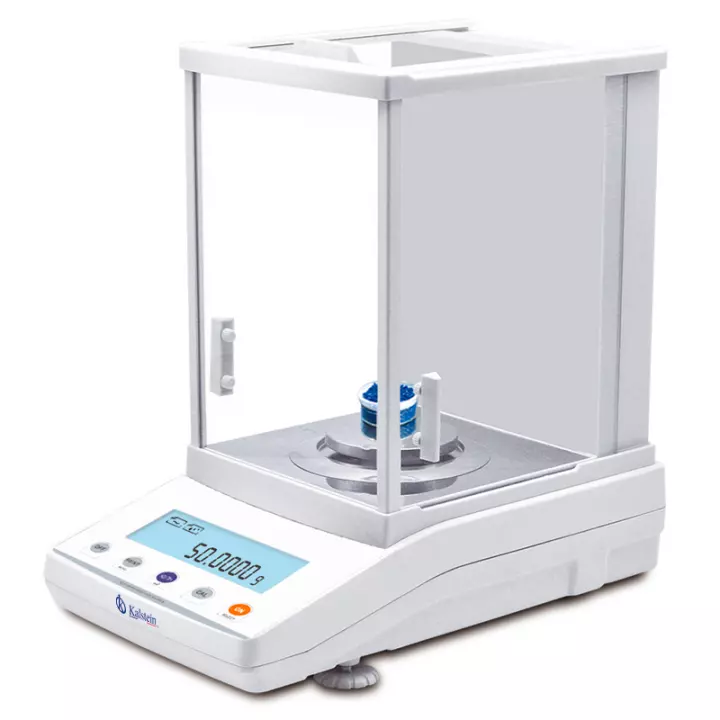The balance is a laboratory instrument that measures the mass of a body or chemical substance, using the force of gravity acting on the body as a means of comparison. The word comes from the Latin terms:
- bis which means two
- linx which means dish.
It should be taken into account that weight is the force that the gravitational field exerts on the mass of a body, such force being the product of the mass by the local acceleration of gravity. [F = m x g]. The local term is included to emphasize that the acceleration depends on factors such as geographical latitude, height above sea level and land density, at the place where the measurement is made. This force is measured in Newton. Did you know? The balance has other names, including scales and scales.
What is the balance for?
The balance is used to measure the mass of a body or substance or also their weight, since between mass and weight there is a well defined relationship. In the laboratory, the balance is used to carry out quality control activities – with devices such as pipettes -, to prepare mixtures of components in predefined proportions and to determine specific densities or weights.
Some types of balances
The balances differ from each other by the design, the principles used and the metrology criteria they use. At present it could be considered that there are two large groups: the mechanical scales and the electronic scales.
What are the most common mechanical balances?
- Spring balance. Its operation is based on a mechanical property of the springs, which is that the force exerted by a spring is proportional to the spring’s elasticity constant [k] multiplied by its elongation [x] [F = -kx].
- Sliding weight scale. It has two known masses that can be moved on scales – one with a macro graduation and the other with a micro graduation -; when placing a substance of unknown mass on the tray, its weight is determined by sliding the doughs on the mentioned scales until the equilibrium position is obtained. At that time the reading is taken by adding the amounts indicated by the position of the masses on the scales mentioned.
- Analytical balance. It works by comparing masses of known weight with the mass of a substance of unknown weight. It is built based on a bar or symmetrical lever that is supported by a blade-like support at a central point called fulcrum. At its ends there are stirrups or bushings that are also supported by blades that allow them to swing smoothly. From there two dishes are suspended. In one the certified masses or weights are placed and in the other those that need to be analyzed. The whole set has a locking or securing system that allows the main lever to rest stably when it is not used or when counterweights are required to be modified. It has an external box that protects the balance from interference, such as air currents, that could occur in the place where it is installed. At present, an analytical balance is considered to be one that can weigh ten thousandths of a gram (0.0001 g) or one hundred thousandths of a gram (0.00001 g); They have a capacity that generally reaches up to 200 grams.
- Upper plate balance. This type of balance has a loading plate placed on the top, which is supported by a column that is held vertically by two pairs of guides that have flexible couplings.
- Replacement balance. It is a unique saucer scale. An unknown mass is placed on the weighing plate that is balanced by removing, on the counterweight side, masses of known magnitude, using a mechanical cam system until an equilibrium position is reached.
In Kalstein we present sophisticated analytical balances, equipment with a high level of technology and precision that will allow you to obtain much more reliable results in your laboratory. That’s why we invite you to take a look HERE


